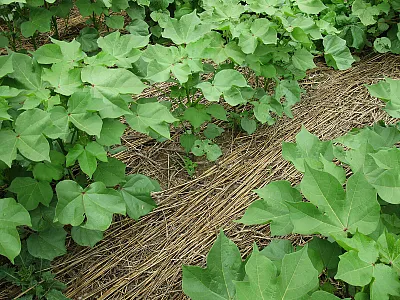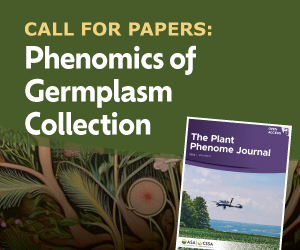Breeders discover new hope for Fusarium resistance in triticale
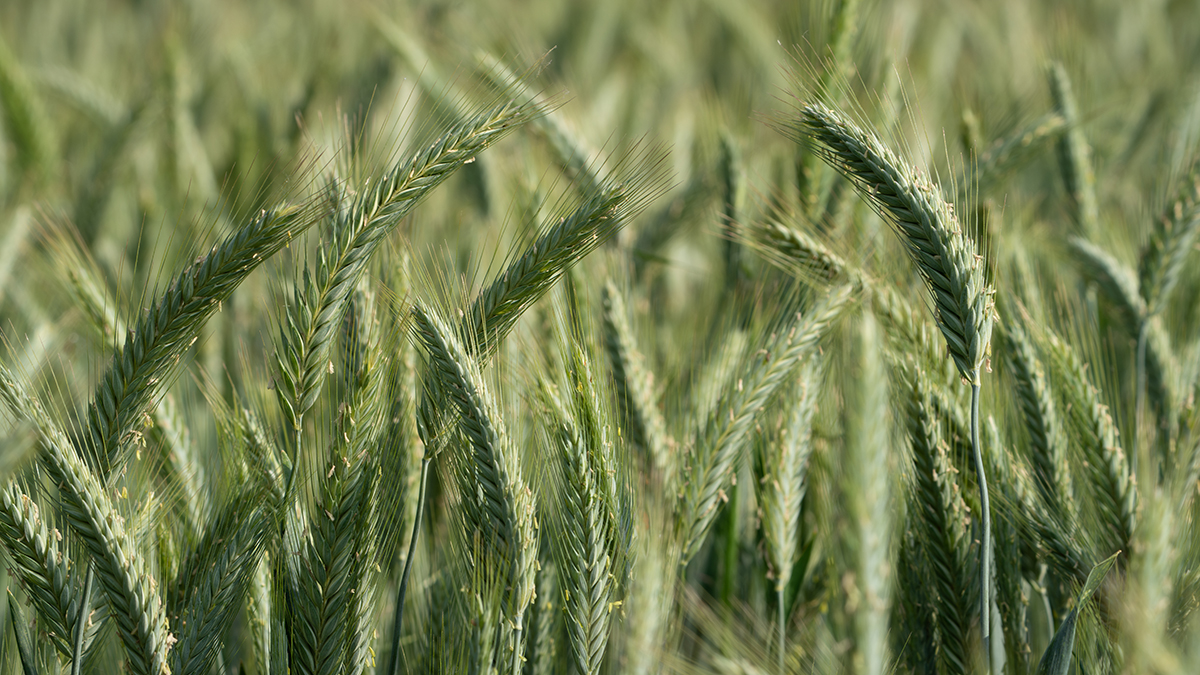
Plant breeders who study the fungal disease of wheat, Fusarium head blight (FHB), often screen wheat for resistance to FHB inside Fusarium “nurseries”: warm, humid greenhouses that foster growth of the FHB pathogen, Fusarium graminearum, and the spread of FHB. But the perfect conditions for FHB aren’t limited to breeding experiments these days; wet and warm weather is increasingly common in the outside world, too. As a result, FHB has grown over the past 20 years into one of the world’s most devastating diseases of wheat and other small grains, such as barley, oats, and triticale.
One reason FHB is so damaging is that it presents farmers with not one, but two, challenges. First, serious outbreaks of FHB can cause yields to plummet. But the bigger problem is the loss of grain quality—and, thus, market value—due to a mycotoxin produced by F. graminearum: deoxynivalenol (DON), also known as vomitoxin. Meanwhile, only a handful of moderately resistant wheat cultivars are available today, forcing farmers to rely on fungicides or other practices, such as crop rotation, to combat FHB.
In this issue, read about how plant breeders are fighting back against FHB through a combination of advanced technology and genetic studies and by searching for novel sources of FHB resistance.
If plant breeding is “… evolution directed by the will of man,” as the famous Russian botanist and geneticist, Nikolai Vavilov, reportedly said, then few crops fit this definition better than triticale. Born from crosses between wheat and rye that began in earnest roughly 100 years ago, triticale was created to combine the good traits of wheat, such as better yield and quality, with those of rye, including resilience to heat, drought, and acidic soil.
But with the good usually comes the not-so-good, and triticale is no exception. “It also brings the weaknesses of both the crops; for example, wheat and rye are both susceptible to Fusarium head blight,” says Nidhi Rawat, a University of Maryland plant breeder. In fact, past studies suggest triticale may be just as susceptible to Fusarium head blight (FHB) as wheat, if not more so.
However, those studies examined a relatively small number of triticale lines, Rawat says. In contrast, she and Vijay Tiwari, also a University of Maryland plant breeder, set out several years ago to investigate resistance in a diverse set of several hundred lines. And as they reported last year in the Journal of Plant Registrations, they did uncover several with both strong resistance to FHB and low concentrations of the mycotoxin, deoxynivalenol (DON), in the grain.
Why triticale?
Both Rawat and Tiwari have worked extensively in wheat, which may make studying triticale seem like an odd choice. But there are sound reasons for it, starting with triticale’s growing popularity. Because it combines wheat and rye’s best qualities, triticale offers a unique advantage as a multi-purpose crop, Tiwari says. Farmers can grow it for feed, forage, and silage, or as a cool-season cover crop.
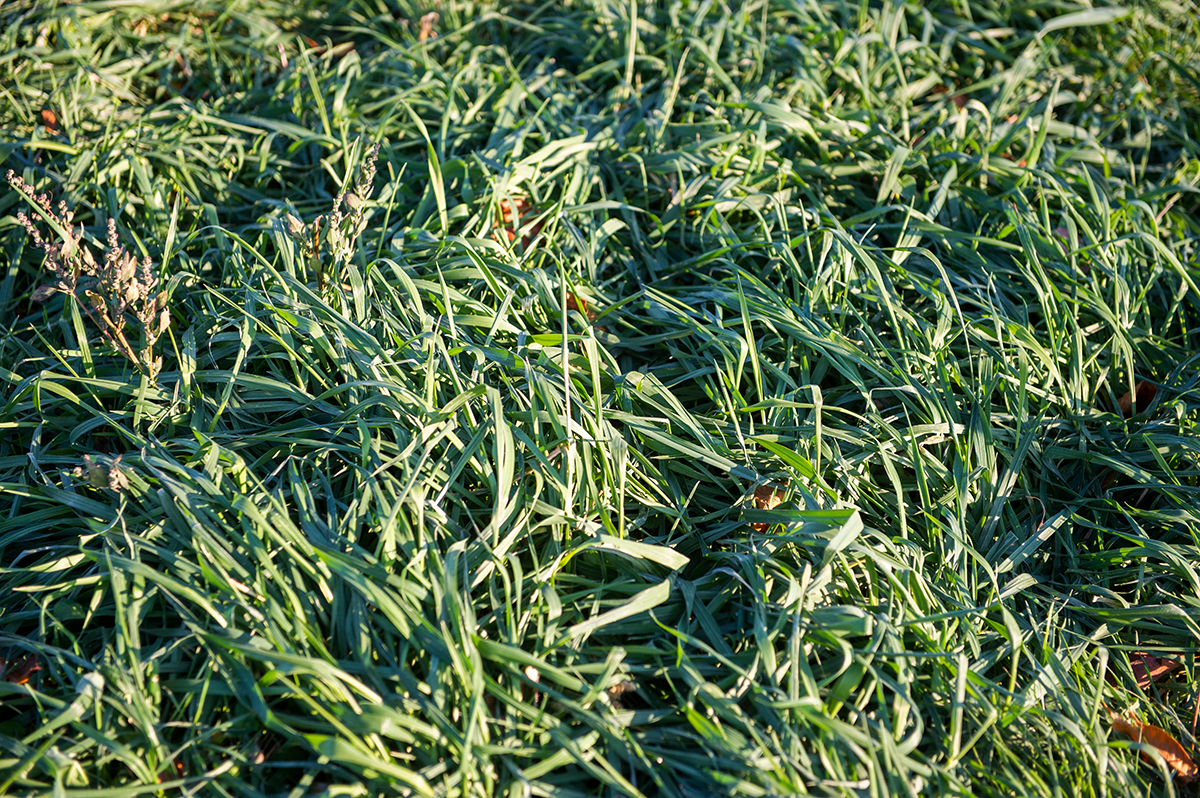
The last use is especially important in Maryland because of the need to prevent nutrients from entering the Chesapeake Bay. “The bay is a sacred entity for us,” Tiwari says, so planting triticale as a protective ground cover in winter is a “very good option.” While more than 90% of triticale is grown in Europe today, Tiwari estimates there are now about 2 million acres of the crop in the United States.
The other reason for examining triticale is its close kinship with wheat. Hundreds of quantitative trait loci (QTLs) for resistance to FHB have been identified in wheat, Rawat says; however, the information has so far resulted in just a handful of moderately resistant cultivars for farmers. Plant breeders have therefore been looking for FHB resistance in many additional sources, including wild relatives of wheat and other related species. But until their study, Tiwari says, “Triticale was one avenue that was not significantly explored.”
From 298 to 6 lines
The avenue turned out to be a long one. During the first year, the researchers “planted everything that we had” in the field, Rawat says, or 298 different sources of triticale seed. They then collected data for several months on attributes like phenology, growth habit, and disease severity. “It was very difficult,” Rawat says with a laugh, “because everything flowers at different times, everything has different heights.” But the field screening was critical, allowing them to whittle down the 298 lines to 24 showing the highest FHB resistance—a manageable number for further experiments.
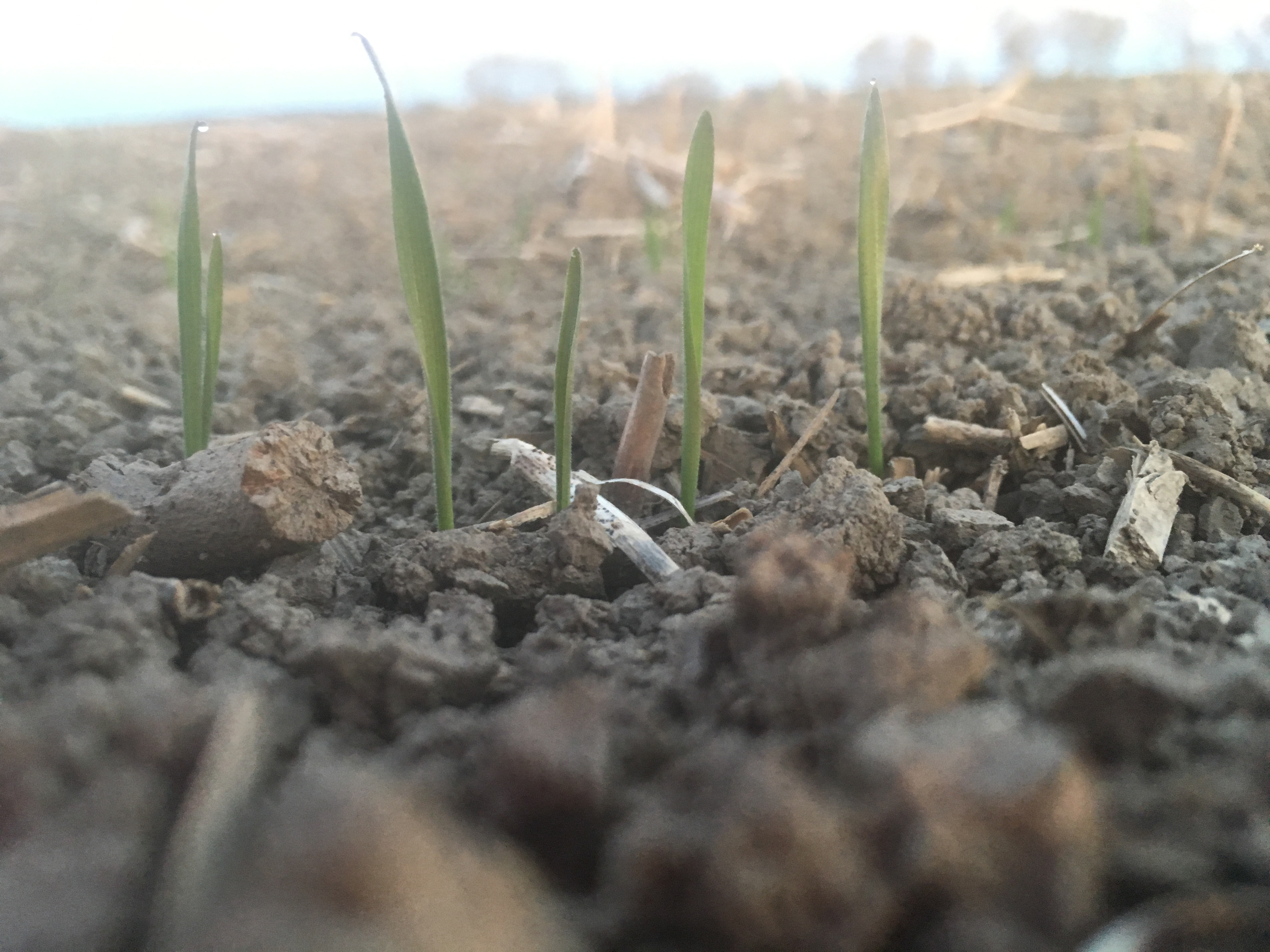
This subset was then subjected to high disease pressure in a greenhouse for three years before a final round of field testing in Year 5. In the end, just 2%, or six, of the original 298 triticale lines made it through the five-year screening process, Rawat says—meaning they stood up well to FHB, accumulated only low amounts of DON, and were genetically stable. While it’s a small number, the six are very good sources of FHB resistance precisely because they’ve been purified and characterized for so long, she adds.
She and Tiwari now hope people will take advantage of all the legwork their team has done and use the material to breed new triticale and wheat cultivars for farmers. Farmers do have other options for fighting FHB, including crop rotation and fungicides. But the best course always is to “empower the plants,” Tiwari says. “Resistance that comes from the plant itself is the most sustainable and economical. That’s the dream.”
Dig deeper
Wallace, S., Chhabra, B., Dong, Y., Ma, X., Coleman, G., Tiwari, V., & Rawat, N. (2024). Exploring Fusarium head blight resistance in a winter triticale germplasm collection. Journal of Plant Registrations, 18, 457–46. https://acsess.onlinelibrary.wiley.com/doi/full/10.1002/plr2.20392
Drs. Rawat and Tirwari also spoke about their work to accelerate the breeding of disease resistant wheat varieties on the Field, Lab, Earth podcast (see below):
Check out all of the other Fusarium head blight articles in this issue of CSA News.
Text © . The authors. CC BY-NC-ND 4.0. Except where otherwise noted, images are subject to copyright. Any reuse without express permission from the copyright owner is prohibited.






